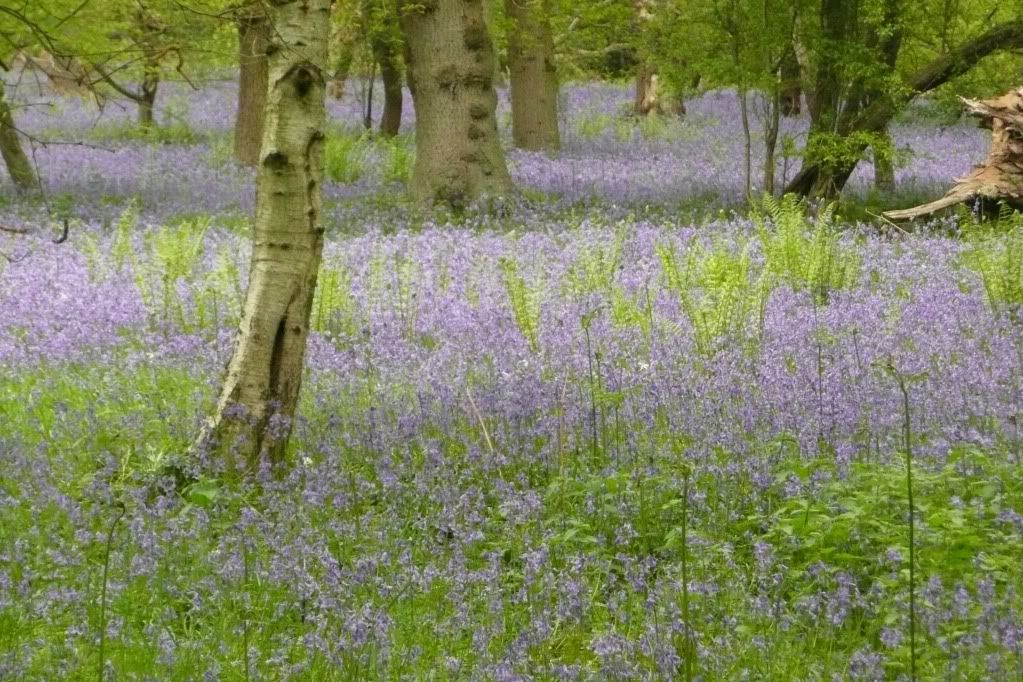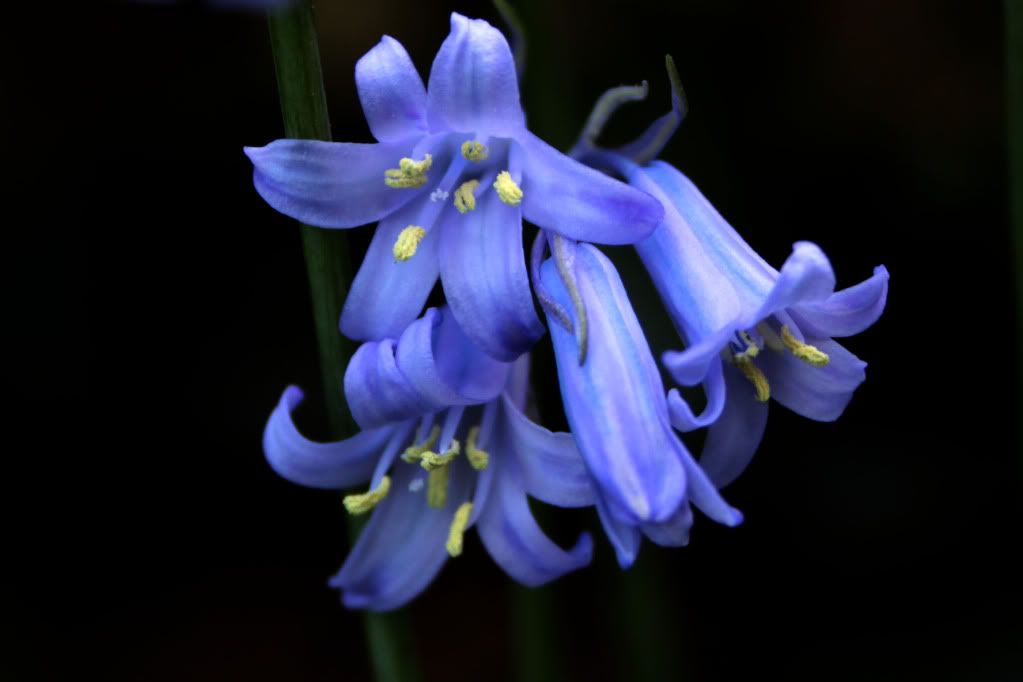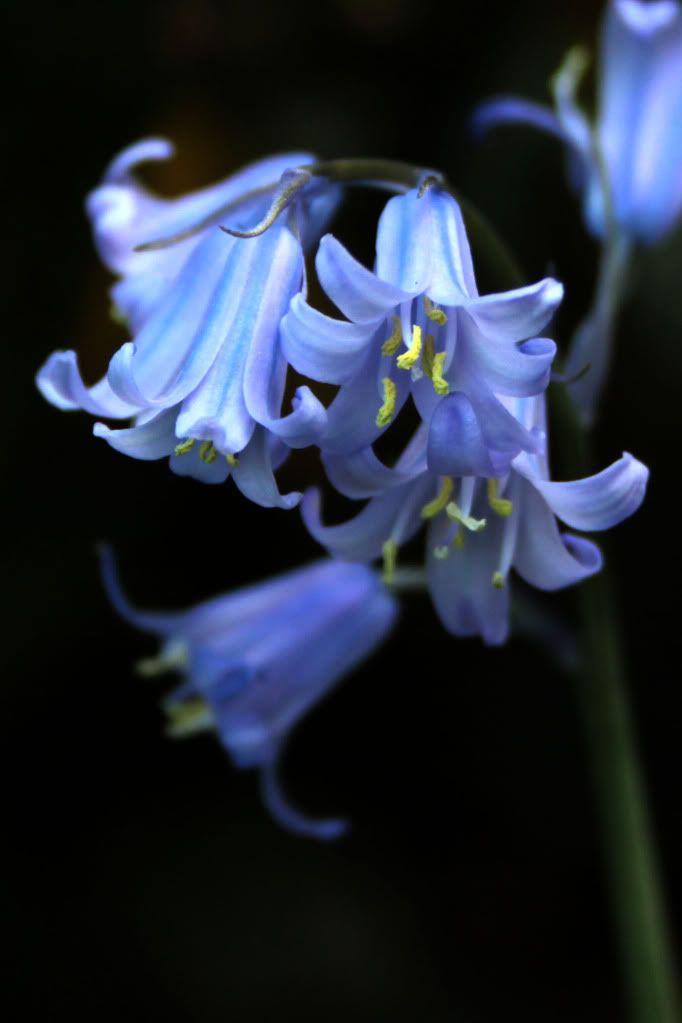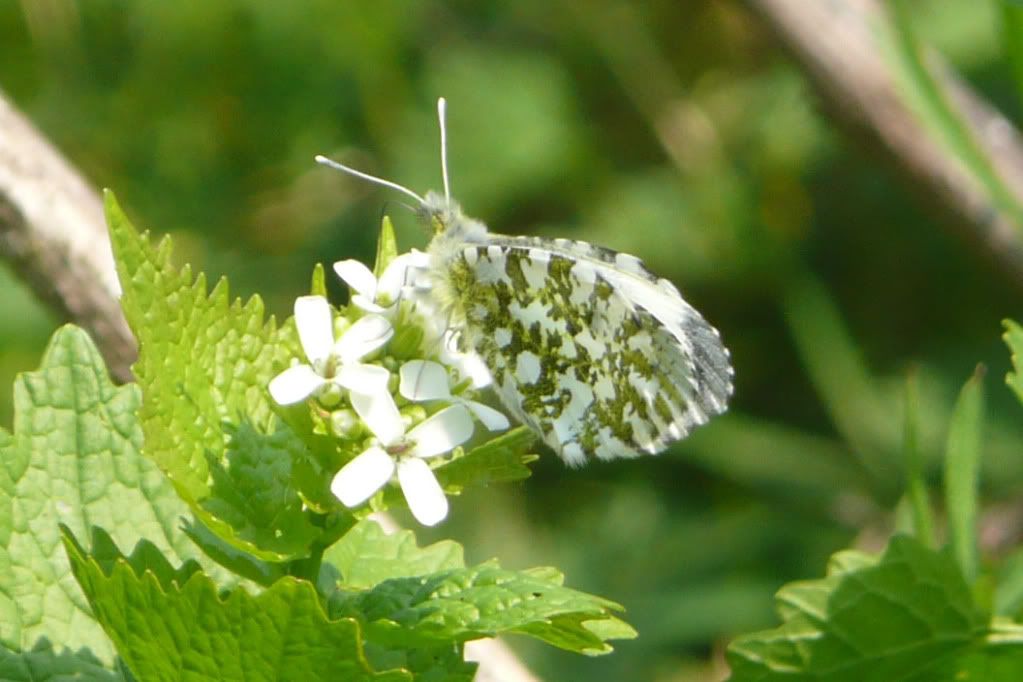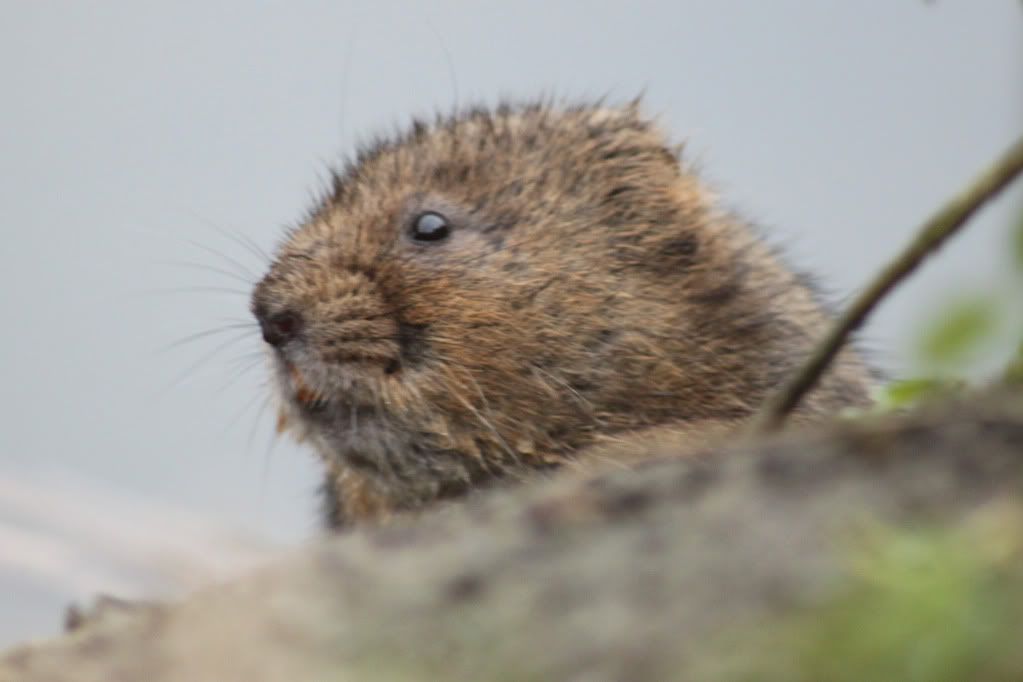Individual bluebells are attractive flowers, but they are at their most impressive when seen in their millions in an ancient woodland.
Although these woodlands have decreased by 50% fortunately for those of us in Oxfordshire there are several places where we can appreciate this natural wonder:
Wytham Woods: Featured previously in this blog, the woods to the west of Oxford are owned by the University of Oxford for research, but permit holders can explore them and enjoy the bluebells that seem to appear around every corner where there are beech and oak trees):
.
.
Harcourt Arboretum: Also owned by the University (and requires a small fee to enter) features a large collection of native and non native plants and trees. Recently, a lot of work has gone into recreating a coppiced woodland, where the bluebells now flourish (this picture was taken in 2009):
.
.
Bradbury Hill: Near Faringdon and owned by the National Trust, is said to be one of the best bluebell woods in the country and is a very impressive sight (if you don't mind large numbers of male St Mark's flies dancing up and down) and an ideal opportunity for a four shot panorama:
.
.
To find other bluebell woods in the UK, the woodland trust have produced a useful web site (although Wytham and Harcourt don't make it on the list):
http://www.woodlandtrust.org.uk/en/visit-woods/Pages/get-involved.aspx
There are two types of bluebell in the UK, the native 'british' bluebell (Hyacinthoides non-scripta) and the spanish bluebell (Hyacinthoides hispanica). The latter was introduced into the UK in the 17th century and is now classified as an invasive species.
Although initially they look similar, there are several obvious differences between them:
Stalks: The native bluebell has a curved stalk, whilst the spanish one is straight.
Flowers: On the native bluebell, the flowers are on one side of the stalk, whilst the spanish ones have flowers on both sides of the stalk
Colour: The native bluebell is a darker shade of blue
Scent: Native bluebells produce a scent, whilst the spanish bluebells don't.
The difference can be seen when comparing a bluebell growing along the ock valley walk to one growing at Wytham Woods:
The problem is not the spanish bluebell replacing or out competing the native ones but the cross pollination resulting hybridizing.
As the bluebells in our garden have traits of both bluebells, they are probably hybrids.
.
.
With temperatures reaching 25 degrees and rainfall becoming a distant memory, it seems spring is turning into an early summer (although with a long holiday approaching, that is almost certainly going to change).
Alongside the Thames, the warblers have returned from their winter migration to Africa and are now in full song, including this blackcap lurking in a willow tree, it seems to have a browner cap, which could make it a female:
.
.
Blackcaps aren't the only warbler, unfortunately a lot of them look the same, but at a guess this may be a willow warbler:
.
.
As mentioned in a previous spring post, the orange tips are in full flight and taking a photograph of a male is very hard as never seem to settle. Unlike the females whilst they do settle are harder to identify - as they don't have orange tips:
.
.
Butterflies aren't the only insect to emerge from hibernation, this queen buff tailed bumblebee is seeking out a nest site:
.
.
And whilst red kites can now be seen all year round (it was only a few years ago when they couldn't be seen at all) the bare leaves of spring mean they too can be viewed seeking out nest sites, like this one on the Ock Valley Walk:
.
The title of this post is inspired by a comment made by Rachel to a previous post of mine on water voles.
Whilst it does not require too much patience to see a water vole at the moment on the river Ock, it does require some more to get try and get some photographs.
For the past week I have been getting up at 6.30am and sitting by the river in the cold and being bitten by a multitude of small flying insects, with the best results shown below:
.
.
There are three types of swan that can be seen in Britain, two of these (the bewick and whooper) are winter migrants and breed in the artic circle during winter and when they do arrive, they are seldom seen in this part of the country.
The only breeding swan that breeds in Britain is the mute swan and a pair have taken up residency on the Ock:
.
.
Like other swans, they pair for life (although rare, divorce can happen) and these are probably the same pair that have nested before on the Ock.
As they glide up and down the river, they present an ideal photo opportunity:
.
.
.
Although they look tranquil, they are very aggressive birds - one of this pair attacked a water vole as it swam across the river. So if they intend to build a nest near the ladygrove meadow it will be interesting to see what the local dogs make of them.
With temperatures reaching 20 degrees, spring has definitely sprung and it is evident in north east Abingdon by the Thames (although the water voles in Radley Brook are currently evasive, assuming they are still there).
Blossom has formed on the Hawthorn and Blackthorn alongside the Thames Path
.
Butterflies are aplenty with many male orange tips patrolling their territory, but they never seem to settle as are seeking out receptive females, making them almost impossible to photograph.
Unlike the peacock butterflies who, when settled, try and disguise themselves by keeping their wings closed, showing their dark underside:
.
.
If that fails, they can open their wings to show their distinctive eye shaped markings to try and frighten any predators.
.
.
Other butterflies include the speckled wood, which have spent winter as either a caterpillar or chrysalis. The one pictured below is probably a male, basking in the spring sun to maintain a consistent body temperature.
.
.
The coma butterfly has the distinctly shaped wings, which when folded look like leaves. Having hibernated over winter in their adult form, they are looking to mate. Having paired, the adults lay their eggs and die shortly afterwards.
For those interested in british butterflies I recommend the excellent 'Butterflies of Britain & Ireland' by Thomas & Lewington
.
.
Meanwhile in south Abingdon, there are more signs of spring - frogspawn in our pond:
.
I have heard that water voles can climb trees, but I have never seen it - until this evening:

